The results of a field-based laboratory experience led by Professor Jesssica D’eon have been published this week in the Journal of Chemical Education.
While fieldwork is an important part of both research and learning, it’s not often found in undergraduate chemistry education. In this cross-listed undergraduate and graduate course, CHM410-1410 Analytical Environmental Chemistry, D’eon takes 20-25 students to a hot spot of perfluoroalkyl acid (PFAA) contamination in Lake Niapenco, about an hour outside of Toronto.
At Lake Niapenco, a site impacted by runoff from firefighter training activities at the John C. Munro Hamilton International Airport, and at a nearby background site on 20 Mile Creek, students collect water, sediment, invertebrates, and fish. After extraction, students use liquid chromatography–tandem mass spectrometry to quantify seven PFAAs, degradation products of the chemicals found in the aqueous film forming foams used to extinguish fuel fires. Students are then asked to communicate their findings with a focus on effective data visualizations.
One of the goals of this course, which has included this field experiment since 2016, is for students to take a systems-thinking approach to their data analysis and report writing so that they can present a clear and comprehensive narrative for their readers. For many students, this will be a new challenge.

“Lake Niapenco and the Welland River system were identified as a hotspot of PFAA contamination in 2012. Despite this discovery, there is no ongoing monitoring of the ecosystem as a whole and so our class has filled this gap.”, says D’eon, who is also the lead author of the paper.
As the paper notes, the quality of the lab reports produced by the students is a demonstration of this course’s success.
“This field experiment provides students with important hands-on experience and, just as importantly, it builds a sense of community and shared experience amongst the students, and it’s also a lot of fun! ” says D’eon.
D’eon developed the experiment with then PhD student, Shira Joudan using support from the department's Chemistry Teaching Fellows program. “Developing this experiment was a great learning experience for me, and it benefited the students who gained new and timely learning opportunities that closer reflect how real research is performed” say Joudan, who will be joining the faculty in the Department of Chemistry at the University of Alberta as an Assistant Professor in January 2023.


